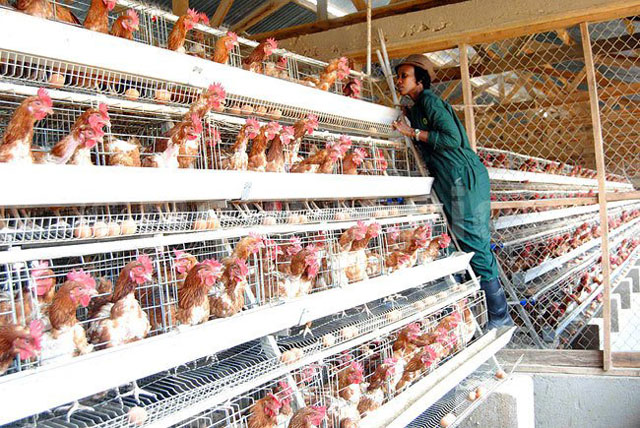
Kampala, Uganda | THE INDEPENDENT | Ugandan bankers will this month use their annual conference to discuss how they can offer money to the agricultural sector.
According to Patrick Mweheire, the Executive Director of Stanbic Bank and Chairman of Uganda Bankers’ Association (UBA), agriculture has huge impact on key issues including employment and inclusive growth but it has been starved of resources due to the risk it bears.
He said that the conference scheduled for July 16 will discuss with government and experts on how best they can work together to reach farmers.
This will be the third conference the bankers are holding. Previously they focused on safety of the sector and its stability.
This year’s conference will run under the theme: De-risking financing and investment in agriculture to promote decent youth employment and inclusive agriculture.
Mweheire told reporters on Tuesday at UBA offices in Muyenga that finance was just one of the many issues that agriculture is facing. This calls for more coordination. He said issues like the widespread fake fertilizers on the market increases the risk farmers bear.
Limited use of irrigation and use of archaic methods like the hand hoe, poor post-harvest management. The banks currently extend 20% of their loans to the sector, according to Mweheire. But, he said this is not good enough.
A Bank of Uganda February 2019 Monetary Policy Report (MPR) showed that agriculture still receives the most expensive money than any other sector, an indicator that funders still look at the sector with scepticism.
“Access to bank financing is not the only elephant in the room. There is a tendency to think there is one silver bullet – finance. It is not.
There is coordination that has to happen between the private sector and the public sector. Even within the public sector, there has to be better coordination,” Mweheire said.
Government has previously come up with interventions to reach farmers, including the current Agriculture Credit Facility administered by BoU but their impact have been minimal.
Wilbrod Owor, the UBA Executive Director, said they have assembled a team of bankers and experts to listen and advise on how they can unlock the potential of the sector.
Financing agriculture has been one of the puzzles that financiers and government look forward to crack. It employs three-quarters of the population but most of them are in subsistence farming.
However, the sector grew at 3% last year, almost the same level as the population expansion. It also falls far below sectors like services and industry that expanded by 6 and 4% respectively, according to government filings.
Dr Louis Kasekende, the Deputy BoU Governor, argued recently that the fact that agriculture in Uganda is dominated by smallholder farmers, of whom two-thirds are engaged in subsistence agriculture, it remains risky and a turnoff to many would-be funders.
“Smallholder farmers face a raft of constraints to modernizing their farming, of which lack of financing is not necessarily the most important. Most smallholders produce a very little surplus, beyond their own needs for consumption, which can be marketed,” Kasekende said in a recent address.
He added that vulnerability of agriculture to the weather, pests and other hazards means that surpluses cannot be produced with any degree of reliability.
About three-quarters of the population are engaged in agriculture and it accounts for 24.9% of GDP and 46% of the country’s export earnings.
The focus of the bankers on the sector in this year’s conference could be a ray of hope that the sector might be capturing their appetite.
*****
URN
 The Independent Uganda: You get the Truth we Pay the Price
The Independent Uganda: You get the Truth we Pay the Price



